The Chevy Astrovan arrived on the scene in 1985, ready to compete with the Dodge, Plymouth, and Toyota versions of the minivan. The Astrovan is the Goldilocks of vans and is just right if you need versatility and the ability to tow a large load along with you. The Astrovan was made for twenty years almost the same way for a reason and has developed a cult following. This unassuming ride is more than it appears and still stands apart as something bigger and better than the rest. Different in a good way, there are plenty of reasons why you should remember the Chevy Astrovan.
The M-van
The M-van was a one-of-a-kind vehicle design. Yet, the Chevy Astrovan had a twin in the GM Safari, and they were identical. That is, except for the brand badges. And, this right-sized, M-van skyrocketed in popularity, remaining on the market from 1985 to 2005. The lifespan was a solid 20-year run when Chevrolet sold 3.2 million copies in the United States. The two-wheel rear drive characterized the M-van, not to be mistaken for its cousin, the all-wheel drive L-van. The L-van appeared a little later in one of the few significant changes to the Astro.
Designed to Last
The Astro used a unibody design bolted onto a subframe in the same manner as trucks of the era were. This structural integrity gave the van its immense 5,000-pound-plus towing capacity and sturdy frame. It shares the same characteristics as the S/T pickups and utility vehicles Chevy was producing at the time, giving the van tremendous longevity and the ability to go 200,000 miles easily.
The Not-So-Little Engine that Could
The engine was a significant aspect of Astrovan’s ability to last reliably. Initially, with two options, the smaller four-cylinder was quickly dropped by the 1988 version, and the 4.3-liter V-6 RPO LB1 engine became the only option. Chevy was smart with this engine choice, and the engine was made in the image of the “iron duke” and made to last. Frequent starts and stops were never an issue here. This engine can take that beating all day long. The Astro’s identity as a cargo van necessitated it. Therefore, this beast of an engine may not have been the largest, but the 190-horsepower V-6 would run reliably for a long time. It is one of the most beloved aspects of this dark horse van. Also, this engine is what makes her a favorite even still today. There are still plenty of Astros on the road, some in excellent condition.
A Series of Firsts
The Astrovan was a pioneer and implemented certain aspects in a way that paved the way for more in the future. Perhaps these could be considered subtle, but firsts, they were. The Astro was the first van that offered rear-wheel drive. This drivetrain was standard, and there was the option to get an all-wheel drive. At the time, no other minivan of any sort offered these choices, and it made the Astrovan stand out. It also added to the ability to tow larger loads well. Also, no other minivans provided either of these options in the late 80s or early 90s.
Another exciting aspect of the Astrovan is versatility. It originally came with two bench seats in the rear and could carry eight passengers. Both bench seats could come out of the van completely. Then, you would have massive cargo space ready to fill with the newest addition to the Ikea furniture collection already at home. The removable seats made the van especially popular with families. Sports gear, camping equipment, and so much more could fit into the cargo area with no problem.
The back doors of the Astrovan were also something new and different. Characterized as barn or dutch doors, they made loading cargo in and out of the van easy. Both doors could come open, and there was a latch in the hinge to unhook it, so the doors opened all the way and wouldn’t randomly slam closed while loading. A little-known important fact that made this van much more versatile.
The Astrovan is also one of the first to use the TBI, or Throttle Body Fuel Injector. This system delivered fuel into a central location inside the engine’s manifold. It sounds like nothing new now, but in 1989, it was pretty revolutionary stuff. It began the transition to multi-port fuel injection from using simple carburetion in many vehicles.
The Astrovan Over The Years
The first generation changed subtly after 1985. The TBI got added, Chevy scrapped the four-cylinder option, and all-wheel drive was implemented. The manual transmission was eliminated by the manufacturers as well in 1989. After that, the Astrovan was only available with a four-speed automatic, situated like a truck with the gear shift on the steering wheel. There were also some serious safety concerns with this first generation. It was only given a one-star passenger crash rating as there was no passenger-side airbag until 1995.
In 1995, the Astrovan changed in significant ways. The extended version was made the standard, side curtain airbags were introduced shortly after, and the side-impact collision rating was given five stars yearly. The last big change happened in 2003 when the Astro got four-wheel disc brakes, standard 16-inch wheels, and a bigger suspension, making for really cool last years of production. Then in May 2005, the last Astrovans rolled off the assembly line, and the Baltimore plant shut its doors for good. The Astro was the last vehicle manufactured at the Baltimore Assembly Plant in Maryland. This plant was opened in 1935 and saw the manufacture of some of the most iconic cars made by Chevrolet.
Originally called the Chevrolet and Fisher Body Assembly Plant, The facility transitioned into the GMC Baltimore Assembly. The Assembly stayed around long enough to manufacture the last Astro/Safari vans until their discontinuation in 2005. Impressive, to say the least. The Astrovan was the same van initially manufactured in 1985 as the Astrovan that Chevrolet discontinued 20 years later. The van’s discontinuation was supposed to occur in 2002, but popularity demanded another three years from the GMC plant. The only changes made from the first generation to the second generation were slight but an improvement.
Astro-Sized Conclusions
The Chevy Astrovan and its GMC compatriot are memorable and thoroughly loved, even still. Plenty of people buy used Astros and customize them into beautiful throwbacks to a practical van as well as the most fabulous van a soccer mom could own two decades ago. The Astrovan is memorable for its mechanics and structure. It is also the centerpiece in the memories of generations of families, ensuring the Astrovan will live on forever.

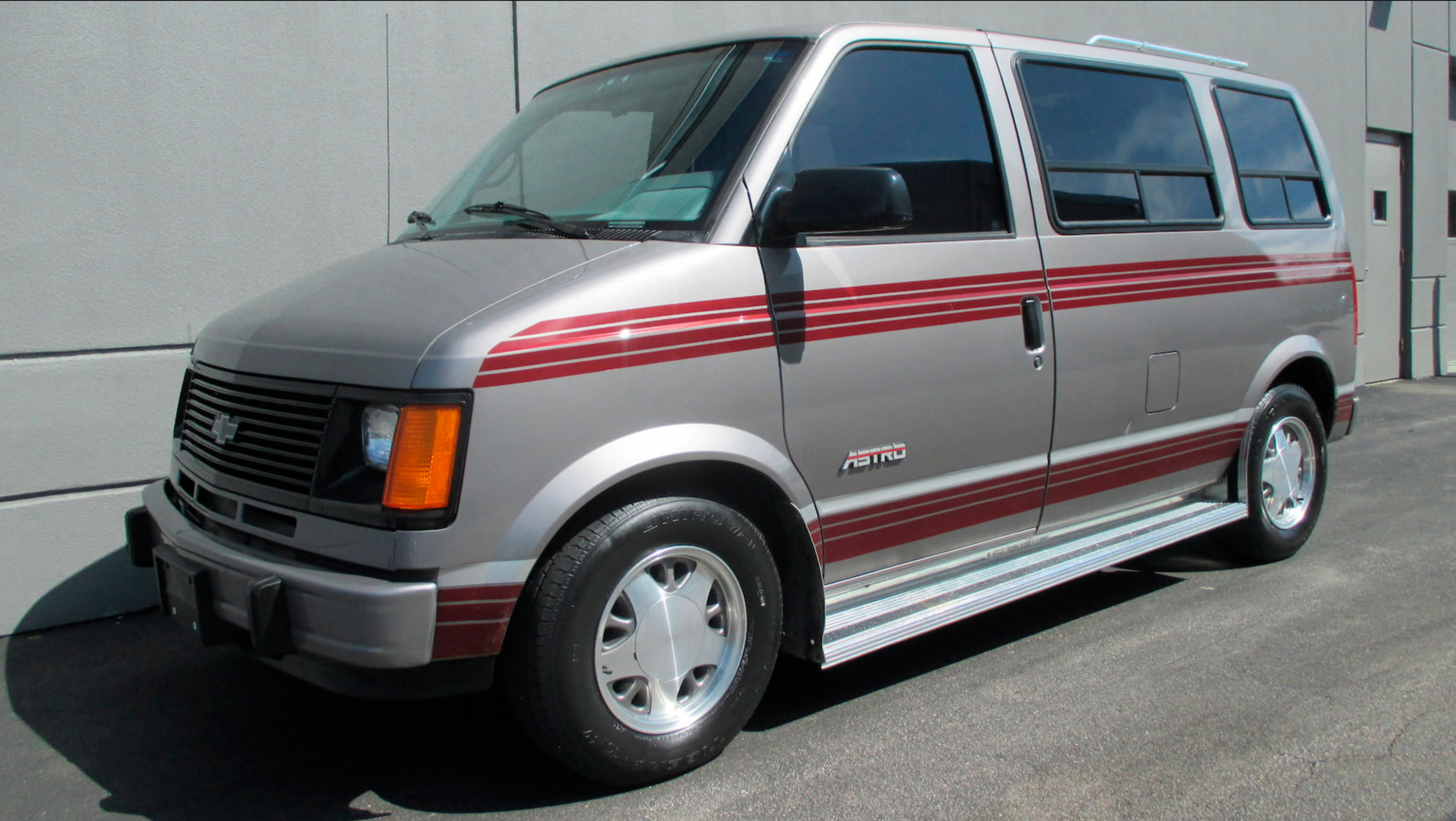
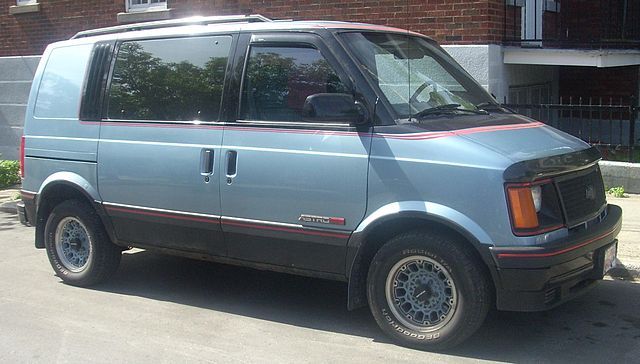
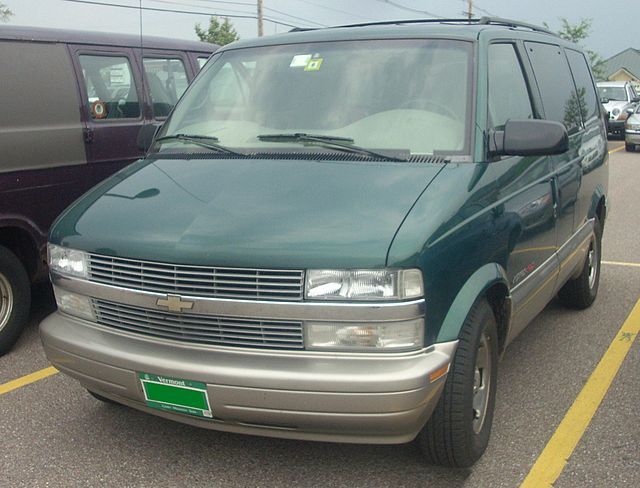
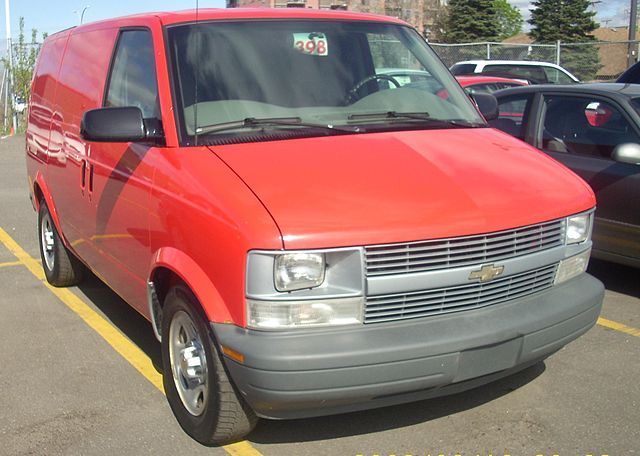
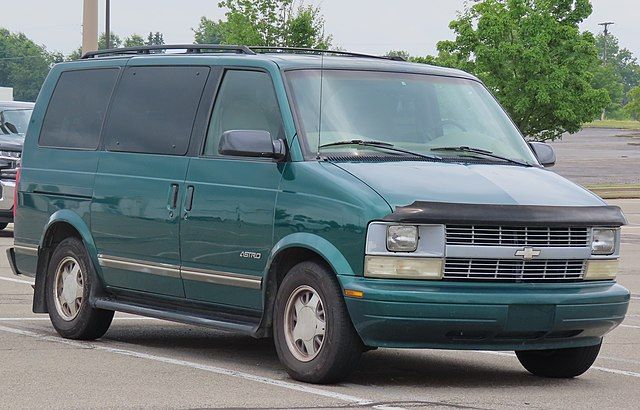
.jpg)
.jpg)